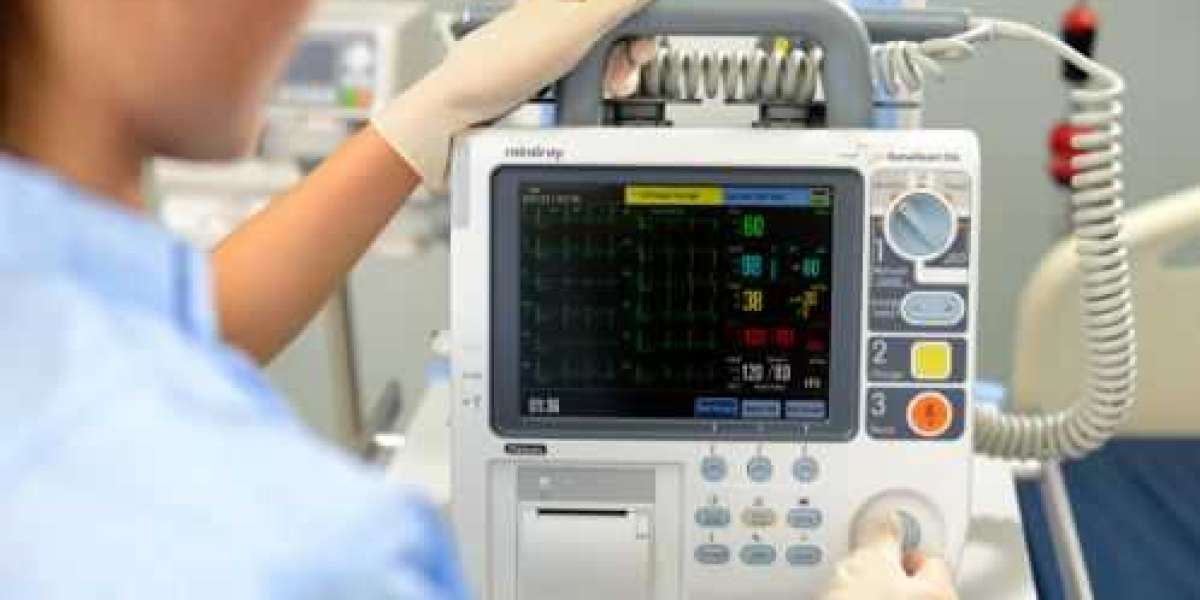In today’s dermatology and aesthetic care landscape, having the right diagnostic tools is not just important — it's essential. Among those tools, the dermatoscope (or dermascope) has become a staple for accurate skin examination, early detection of melanoma, and overall better patient outcomes. But with so many models available, how do you choose the one that truly suits your professional needs?
Whether you're a general practitioner expanding into skin cancer screenings or a dermatologist seeking an upgrade, here are some practical tips to help you select the best dermatoscope for your clinical use.
- Understand Your Use Case
Before comparing specifications, be clear about how you plan to use the dermascope. Are you mainly performing routine mole checks, or do you need high-resolution imaging for documentation and follow-up? Your daily use will influence whether you need a handheld dermascope, a hybrid model, or even a digital dermascope machine with imaging capabilities.
- Choose Between Polarized vs Non-Polarized Light
A key decision lies in light source type.
- Polarized dermatoscopes reduce surface glare and allow visualization of deeper skin structures without needing immersion fluids.
- Non-polarized models, on the other hand, are better for viewing superficial structures but often require contact with a liquid medium.
Some modern devices offer dual-mode lighting, which gives you the flexibility to switch based on the lesion type — ideal for clinics handling a wide range of skin cases.
- Consider Image Capture Documentation Features
If your practice involves teledermatology, patient monitoring, or medical record-keeping, having a dermascope with camera integration can be a game-changer. Look for models that sync with smartphones or come with a dedicated imaging system. Many dermatoscope machines now offer Bluetooth or app-based integration, streamlining the process of capturing and storing images securely.
- Think Ergonomics and Portability
A dermascope should feel like an extension of your hand — lightweight, durable, and easy to grip. Some designs are bulkier due to built-in screens or lenses, which can be inconvenient during busy clinic hours or mobile visits. If you're often on the move, opt for a compact, portable model that doesn’t compromise on clarity.
- Power Source and Battery Life
Battery life may not seem important — until it fails mid-consultation. Whether it runs on AA batteries or a rechargeable lithium-ion cell, ensure the power system aligns with your practice. Some premium models come with dock stations or USB charging, adding convenience and reducing the risk of downtime.
- Look for Quality Optics
Clarity and magnification make a significant difference in your diagnosis. Optical quality, lens diameter, and LED brightness all contribute to how well you can visualize skin structures. A higher lens quality helps distinguish subtle features of lesions, which can be crucial for early skin cancer detection.
7. Set a Budget – But Prioritize Value
While it's tempting to go for the highest-end model, balance your budget with what features you truly need. A mid-range dermascope machine with quality optics and basic digital integration might serve better than a pricey, feature-loaded device that’s underused.
Also, don’t forget to compare warranty, service support, and brand reputation. Investing in a reputable product often pays off with fewer issues and better long-term results.
Final Thoughts
Choosing the right dermatoscope involves more than picking a popular brand. It's about aligning your selection with clinical needs, comfort, diagnostic goals, and workflow. With the right device in hand, you're not just examining skin — you're improving patient care, confidence, and outcomes.
Whether you're new to dermoscopy or upgrading your current setup, following these tips will ensure you find a dermascope or dermascope machine that truly fits your professional style.







